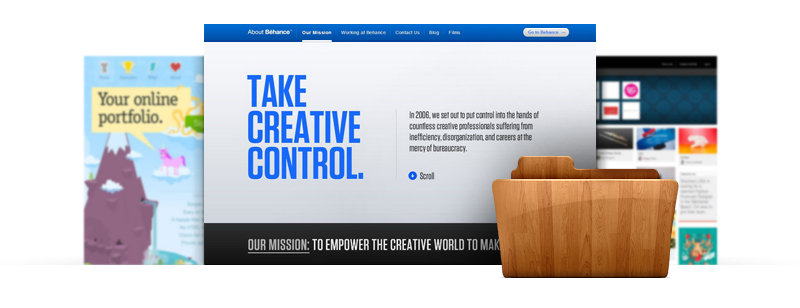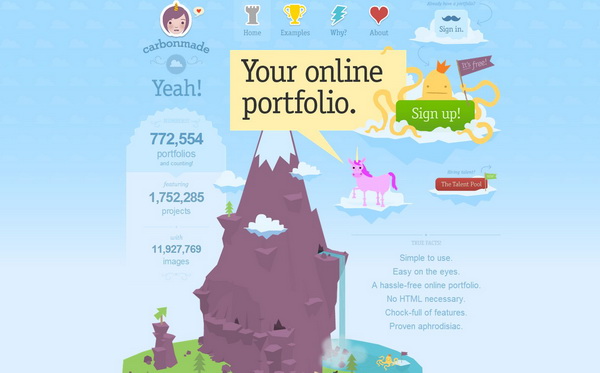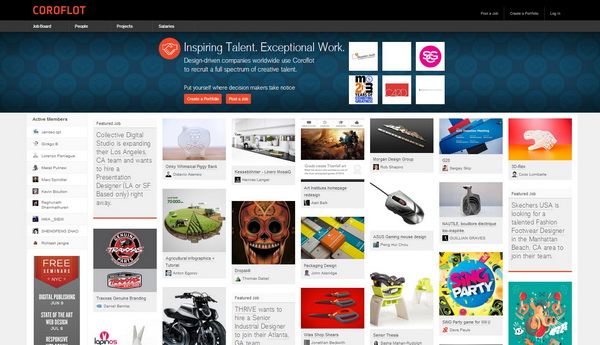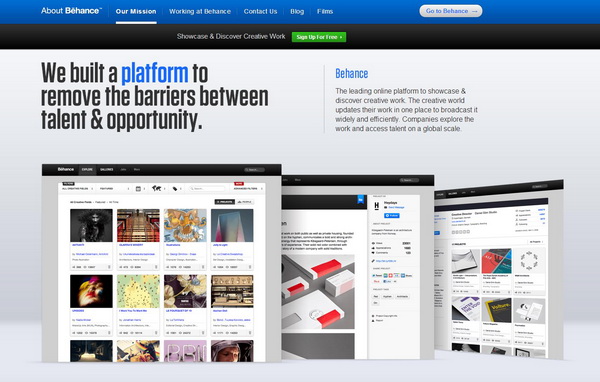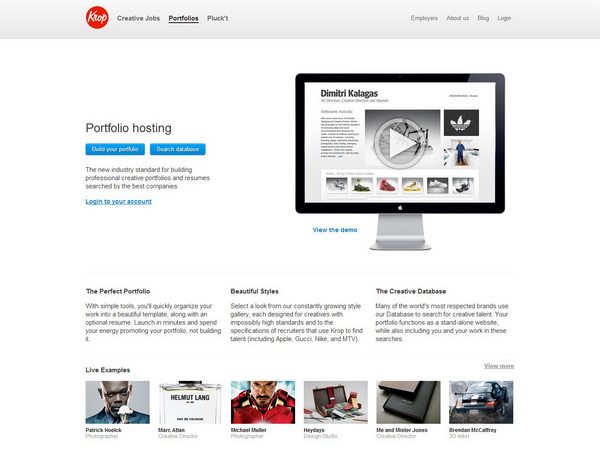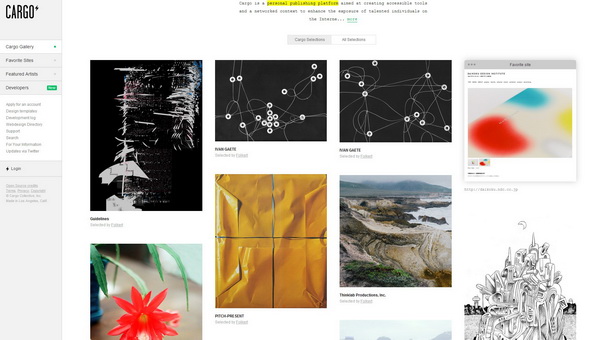If you are going to present your works or projects in the effective way, then creating a successful portfolio will be the real “must-have point” in your professional development plan. But of course it is the most challenging task for any beginner (whether you are photographer or designer), as a portfolio should demonstrate the whole bunch of your skills, knowledge, experience and creativity. And even if your works can be distinguished by their original style and high-end design, nevertheless arranging all of this stuff in a functional and user-friendly portfolio is worth much.
One of the main advantages of a professional portfolio is that any visitor (whether it is an employer or just your friend) can view your works in well-organized form online anytime. In other words, an online portfolio is your creative shop window to showcase who you are and what you can do. But you should take into account that, for example, employers who hire designers or people who are looking for photographers – all of them are the visitors of your website. That’s why a visual impact and the way how you are presenting your works are really essential. A successful portfolio must be notable for its simple design, clear structure and attractive presentation.
From the very beginning, you need to get a personalized domain name, find your hosting service (we will discuss this topic in our next post) and choose the most appropriate solution to set your portfolio website. Basically, there are three main ways:
1) If you have advanced knowledge and comprehensive skills, you can create online portfolio from the scratch, coding and designing the website that corresponds to all your needs. It is quite time-consuming process, but the result is worth it (but again, it depends on your professional level).
2) And if you are not a coding nerd, the best way is to choose the suitable high quality theme and don’t rack your brains. All that you need is to place your own images and necessary information into the ready-made template. By the way, you can have a look at our great collection of Portfolio WordPress Themes which possess high quality design along with the easy manageable WordPress functionality.
3) Alternatively, you can choose the following online portfolio web services which will help you to run your portfolio website in a few tweaks. Here is the list:
It is one of the most popular portfolio services, reliable and free in use. If you don’t have HTML knowledge you shouldn’t worry about it. You can easy personalize your portfolio by editing your logo, style and overall look.
Using this tool you can not only create your online portfolio, but also post your job at the job board which is the largest and most active site specifically targeted for the hiring needs of companies that range from local operations to multi-national industry leaders.
Behance provides you with drag & drop editor, unlimited multimedia projects, full resolution images, Google analytics and more. The only thing is that you need to pay when you are ready to publish your portfolio. Then your work automatically sync with ProSite, as well as LInkdein, AIGA, Adweek and other top galleries.
Frequently updated style gallery, easy customization and database search option make this website real helper to all creative professionals who want to spend their time not building portfolio, but promoting it.
Cargo is a personal publishing platform where you can follow the work of others and at the same time create your personal portfolio with all web publishing tools and configurable image slideshows.
Actually there are much more portfolio services which can assist you in building your website, we just selected the most popular ones. Each tool has its own advantages, but the basic idea remains the same.
So when you are all set with the website, the following useful tips will help you to present your portfolio in the most attractive, professional and accessible way:
- Demonstrate your experience in the best light and even if you don’t have any previous works, nevertheless you need to create any design (it can be icon set, illustration, etc.) or if you are a photographer – to make some photo showcase, because it is a big difference having one project to show in your portfolio and having none.
- While setting your website, you should consider easy navigation as a key point. It is very important to organize all your projects in a clear manner, nicely arranging them by groups or sections. Whether there will be visitors or potential employers, anybody who will enter into your website will appreciate this professional approach.
- Pay attention to the gallery of images with titles and short descriptions. Use only high resolution images to show your works at the advanced level.
- Keep adding new works, but don’t forget to place the most expressive and original pieces at the first pages to give your visitors a clear impression about your creativity and professionalism.
- In order to get closer to your visitors About page is a great way to introduce yourself, tell some facts about your life (education, goals, hobbies) and list the services you provide.
- Contact form should include your email address, cell phone number or your Skype name, so your visitors can reach you with ease. In that way, your chances of getting work from potential clients will get higher.
- Writing a blog can be a nice addition to your portfolio as it always makes you update the website as well as helps to keep people coming back.
- Your experience, additional skills and extra knowledge is a great plus. But of course you need to prove them with the testimonials and certificates.
- Social Networking is a must-have point in your portfolio website. Share with your works and news on Facebook, Twitter, Google+, so more people can get to know about you.
We hope the presented here tips and tools will save your time and energy as well as give you more knowledge and inspiration to introduce your works at the professional level. Try to follow all these mentioned above rules and you can simply implement your creative ideas in life. The hard part is just getting started, but that’s worth the effort. Remember that the overall design and framework of your portfolio website are equally important as well as your projects themselves.
